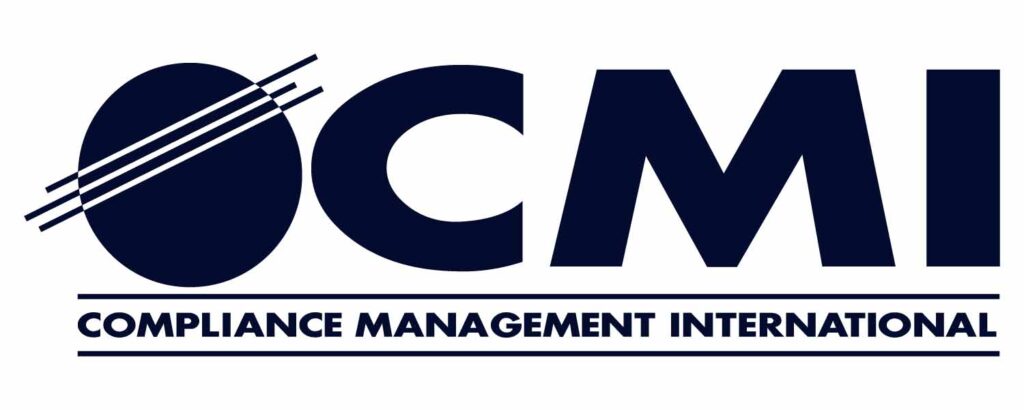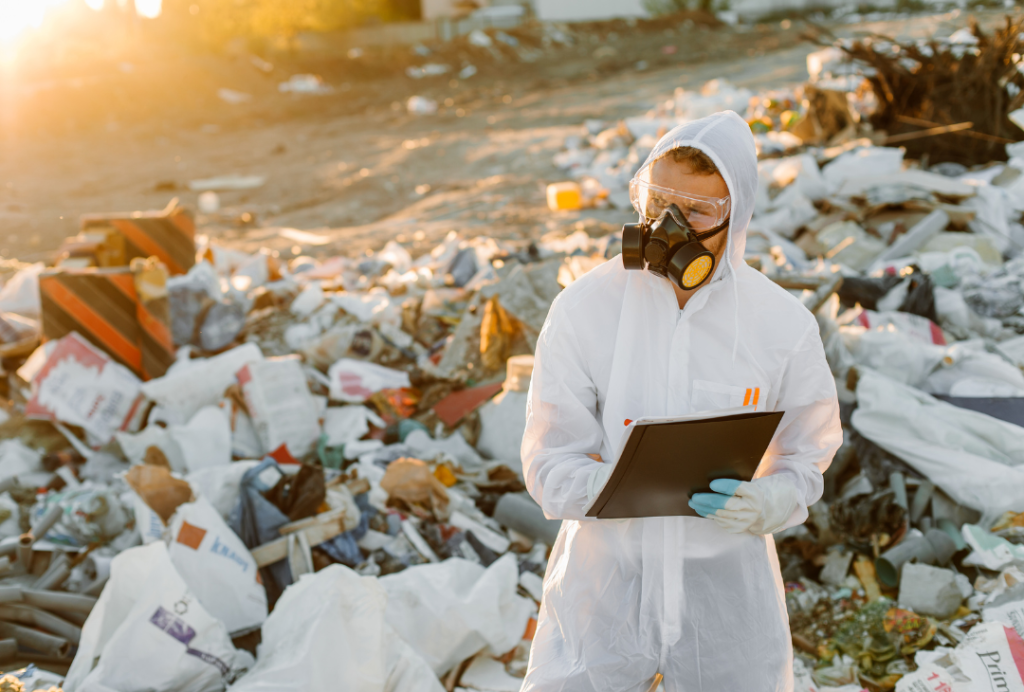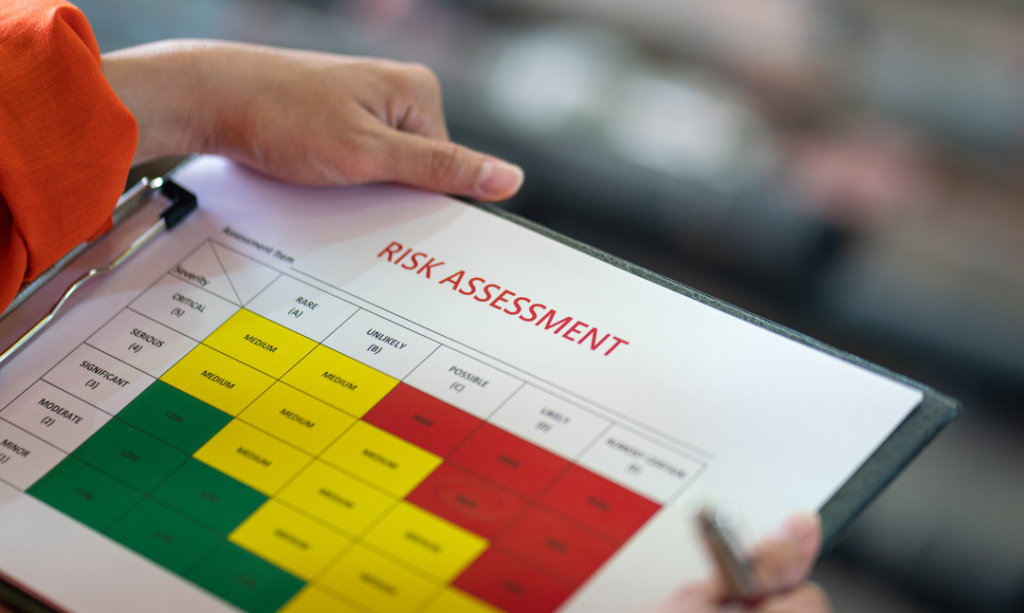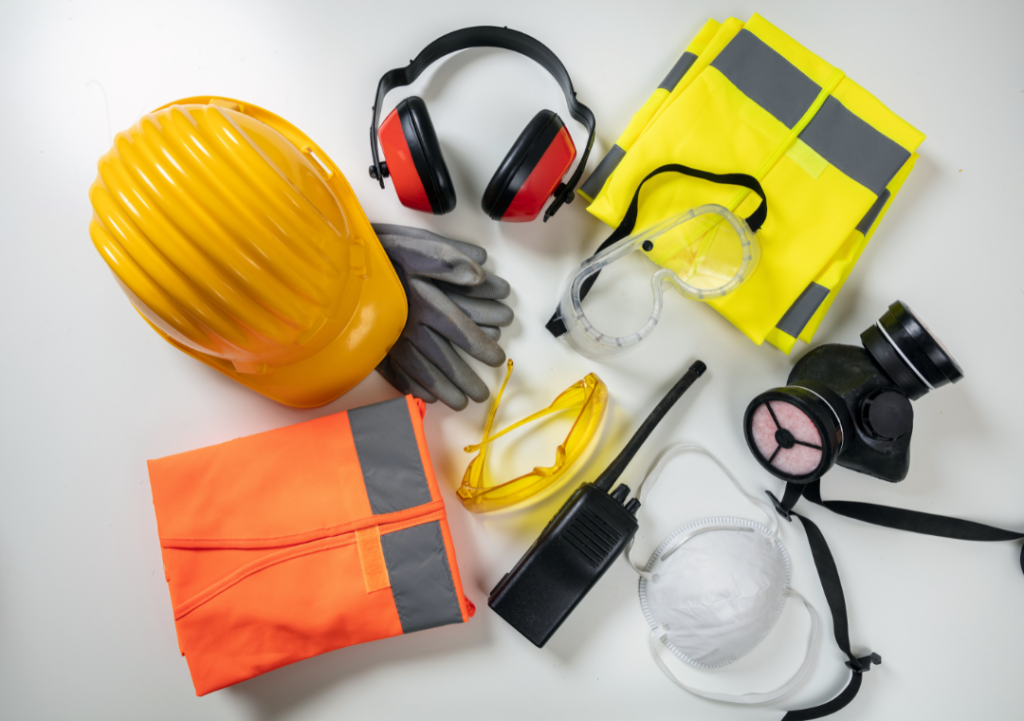Many companies submit for a “no exposure exclusion” from permitting their stormwater discharges to avoid the requirements contained in a National Pollutant Discharge Elimination System (NPDES) Permit. However, based on CMI’s experience companies often struggle to meet the no exposure standards. The USEPA has defined the no exposure exclusion as “an industrial facility with its industrial materials and activities protected by a storm-resistant shelter to prevent exposure to rain, snow, snowmelt, and/or runoff”. Facilities meeting this criterion are eligible for an exclusion from the NPDES industrial stormwater permit requirements. While most facilities apply for the exclusion with good intentions, many lose sight of the practices required to maintain the exclusion. The USEPA has provided eleven questions to assist facilities in determining if they are meeting the no exposure criterion and most states use similar criteria as follows:
- Is the facility using, storing or cleaning industrial machinery or equipment, and are the areas where residuals from using, storing or cleaning industrial machinery or equipment remain exposed to rain or stormwater?
- Are there materials or residuals on the ground or in stormwater inlets from spills/leaks?
- Are materials or products from past industrial activity such as spill stains?
- Is there material handling equipment kept outside (except adequately maintained vehicles)?
- Does the facility handle materials or during loading/unloading or transporting activities outside?
- Does the facility store materials or products outdoors (except final products intended for outside use [e.g., new cars] where exposure to stormwater does not result in the discharge of pollutants)
- Are materials contained in open, deteriorated or leaking storage drums, barrels, tanks, or similar containers?
- Are materials or products handled/stored on roads or railways owned or maintained by the facility?
- Are waste material exposed to stormwater? (Except waste in covered, non-leaking containers [e.g., dumpsters])?
- Does the facility apply or dispose of process wastewater (unless otherwise permitted)?
- Is there particulate matter or visible deposits of residuals from roof stacks and/or vents that are not otherwise regulated (i.e., under an air quality control permit) which are evident in the stormwater outflow?
Facilities tend to struggle the most with question number seven since they often leave plant trash roll off bins and dumpsters uncovered or open. However, questions one and two are a big challenge as well since indoor space is a premium and facilities begin storing materials outside. Maintaining a “no exposure exclusion” is not an easy task especially with the need for more indoor space. Although it is appealing to be excluded from permitting, this should be weighed carefully as unannounced facility inspections could result in violations and fines if good housekeeping practices are not continuously maintained. This is especially concerning with water quality issues becoming a new focus for the public and environmental protection agencies.
CMI can assist to conduct a thorough evaluation of your NPDES permitting needs and options and develop the most cost-effective plan to maintain compliance. For more information, please contact us.
Written by Kristian Witt, Vice President, Environmental Services



